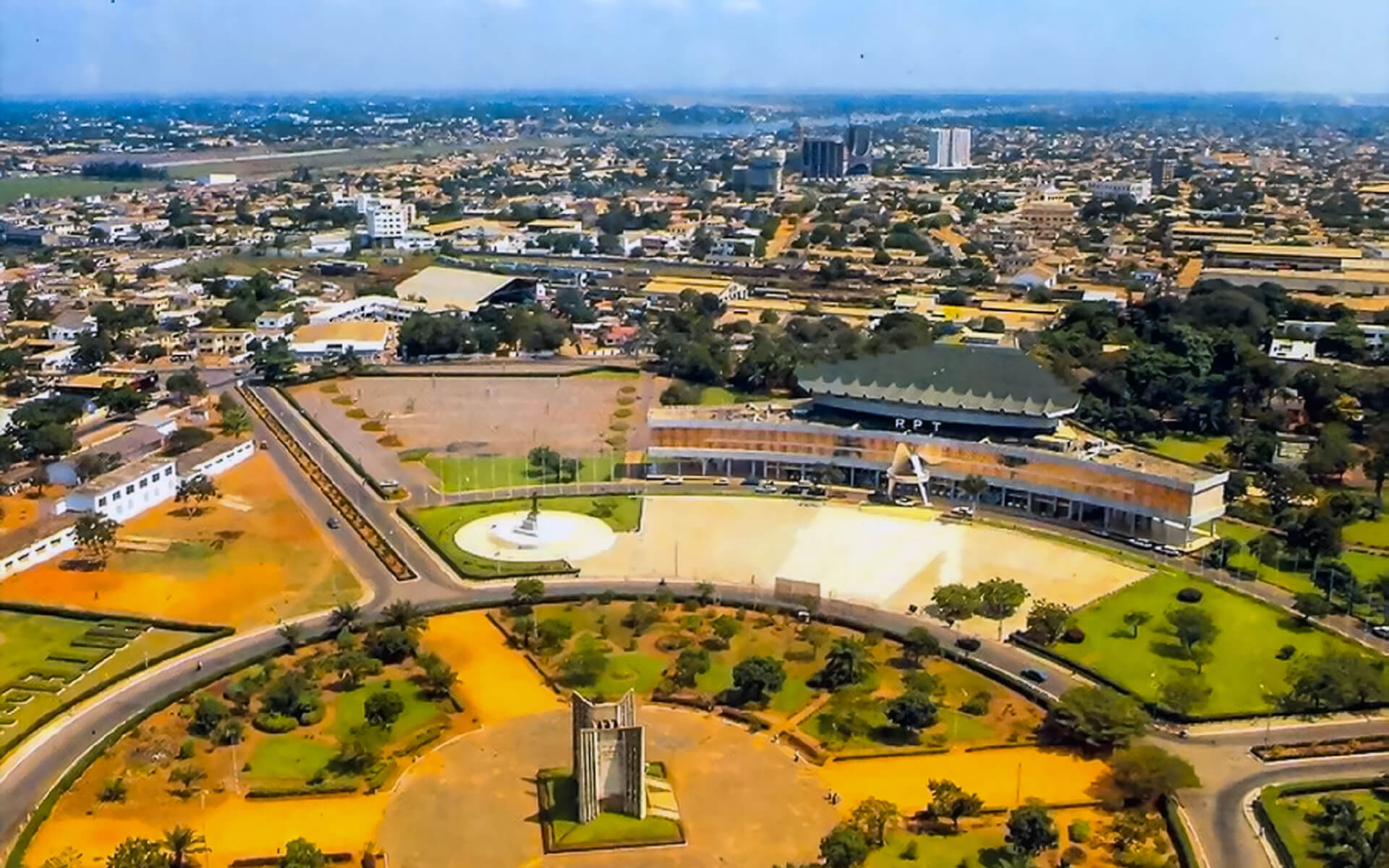Togo’s capital and biggest city is Lomé. Lomé is the country’s administrative and industrial hub, as well as its main port, and is located on the Gulf of Guinea. Coffee, cocoa, copra, and palm kernels are all exported from the city. There is also an oil refinery there.
Lomé Grand Market, the Togo National Museum at the Palais de Congrés, a Fetish (voodoo) Market, Lomé Cathedral, beaches, and the old port are all notable sites in the city.
Lomé is a typical African city in that it combines many different styles, cultures, and customs. The scenery is a mix of red dirt, magnificent boulevards and vast squares, green gardens, and brightly colored residences.
There are some relics of colonial architecture from the turn of the century, such as arcades and galleries, as well as the German Gothic-styled Cathedral of the Sacred Heart. There are also several contemporary structures, such as the BCEAO headquarters, the BTCI, the beautiful ECOWAS complex, Hotel de la Paix, the Hotel Mercure Sarakawa, Palm Beach Hotel, and the 102-meter-high Hotel du 2 Fevrier.
The Lomé Grand Market has a three-story hall. From red peppers, greenlemons, and dried salmon to combs, travel bags, and traditional medical medicines, it has it all. The Nana Benz, which is known for its apparel, is located on the first level.
The Akodessewa market, located in the city’s center, is significantly more specialized than the regular market. Fetishes, gongons, and gris-gris are all present.


